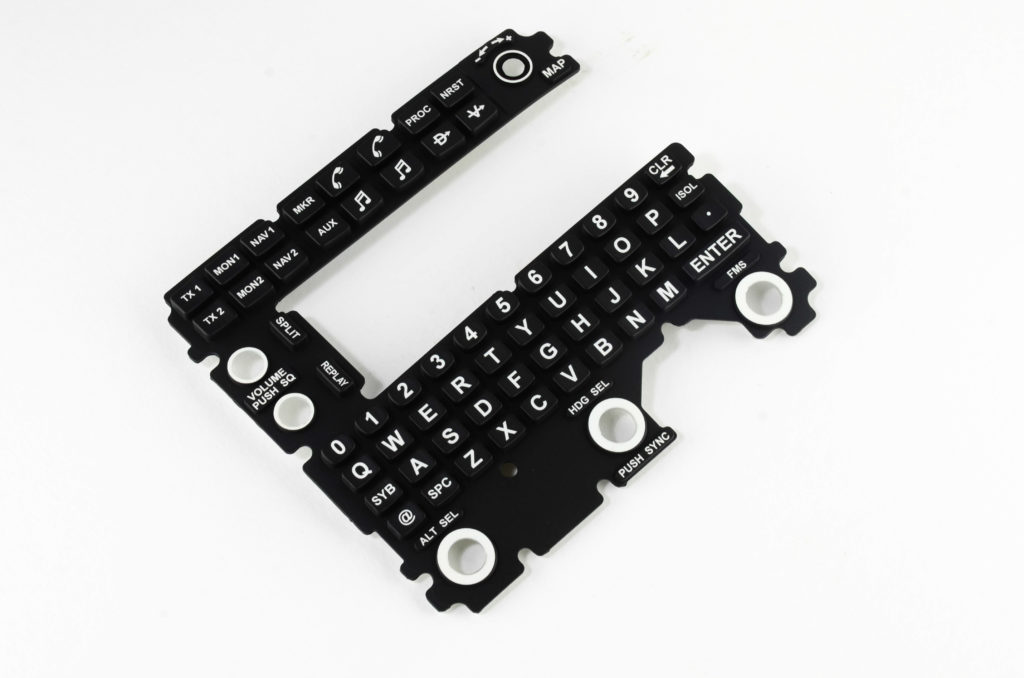
For better light distribution — as well as increased energy efficiency — you should consider adding light guides to your device. Light guides are commonly used with keypads, switches, dome arrays, human machine interfaces (HMIs) and other devices. They are designed to “guide” the light of a backlighting system.
Light guides don’t actually produce light. Rather, they distribute the light of a backlighting system. The backlighting system will produce light. As the light travels through the light guides, it will be evenly distributed through the device. How do you choose light guides for a device exactly?
Material
Light guides are available in different materials. Some of them are made of polycarbonate (PC), whereas other light guides are made of thermoplastic polyurethane (TPU). You can even find light guides made of silicon. Regardless, all light guides are made of some type of transparent material. The transparent qualities of the material from which they are made allow them to distribute light.
Single vs Multiple Segments
You can find light guides in single and multiple segments. A single segment, of course, means that the light guides consist of a single piece of material. Multiple segments, on the other hand, consists of multiple pieces of material. Both types of light guides work the same. They’ll distribute the light of a backlighting system. Regardless, some light guides consist of a single segment or piece of material, whereas others consist of multiple segments or pieces of materials.
Thickness
Something else to consider when choosing light guides is the thickness. Light guides are also known as light foils. Like with other foils, they are thin pieces of material. Light guides are placed on top of the backlighting system. When the backlighting system is turned on, it will produce light that shines up and through the light guides, thus allowing the light to be evenly distributed.
The thickness of light guides may vary. Some light guides are thicker than others. And thick light guides will consume more space in devices than thin light guides. Fortunately, you can find light guides with a thickness of just 100 micrometers (µm).
In Conclusion
With light guides, you don’t have to worry about bright spots on your device. Light guides will distribute the light so that your device doesn’t suffer from bright spots. And with light guides, your device won’t need as many light-emitting diodes (LEDs) for the backlighting system. It can use fewer LEDs, resulting in increased energy efficiency.
